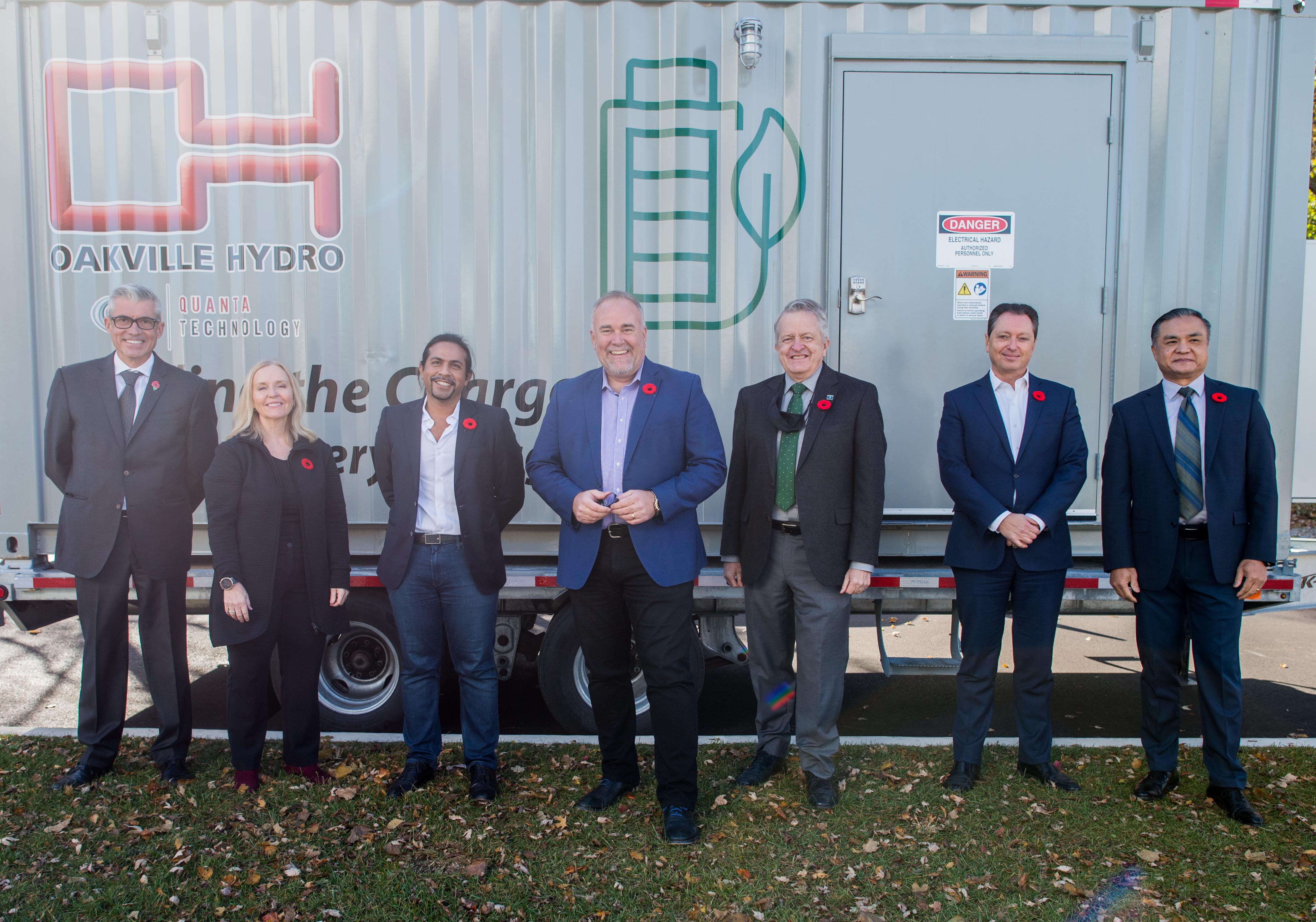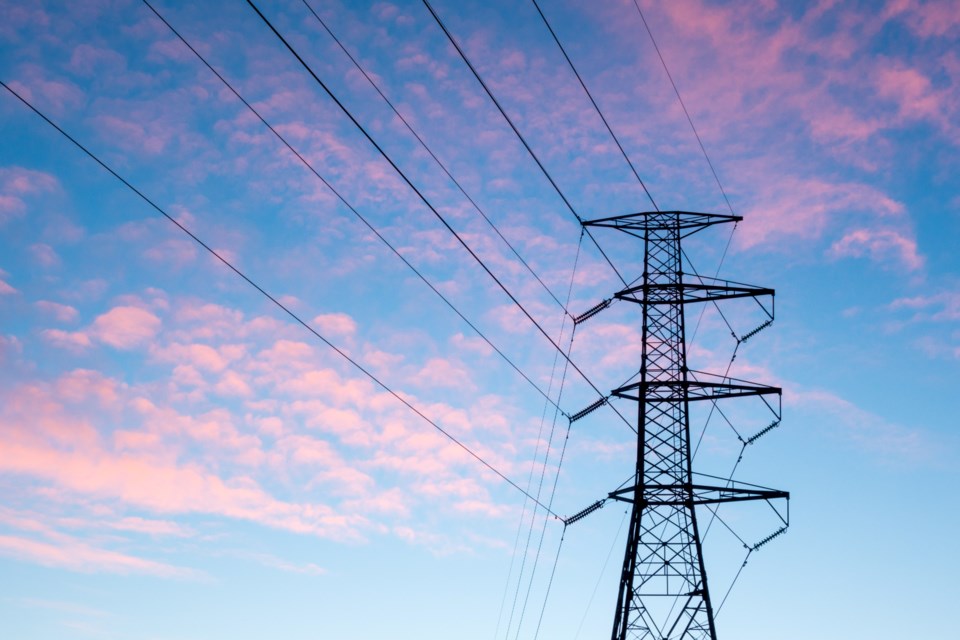Massive-scale electricity producers – think Niagara Falls or the Pickering nuclear plant – still provide about 90 per cent of the energy that powers daily life in Ontario.
But smaller community-based energy resources – think rooftop solar panels or battery storage – now provide about 5,000 megawatts of energy to communities across the province.
Maximizing the effectiveness of those local or ‘distributed' energy resources (named because they are hooked into local distribution networks like Oakville Hydro, rather than the provincial electricity grid) is the goal of three pilot programs announced in Oakville recently.
Thanks to a $1.4 million investment by Ontario’s Independent Electricity System Operator (IESO), the projects will test smart grid technologies that more efficiently co-ordinate energy use and supply on a local level.

“Small-scale electricity supply in communities is growing rapidly with local generation, storage and demand response projects becoming increasingly cost-effective and reliable,” said IESO President and Chief Executive Officer Lesley Gallinger.
Making community generation more viable offers the promise of a less expensive, more reliable and more environmentally friendly energy system with less need for costly transmission lines and generating plants.
Gallinger joined Oakville Mayor Rob Burton and provincial energy minister Todd Smith at the Oakville Trafalgar Community Centre to make the announcement.
Opened a year ago, the energy-efficient Oakville Trafalgar Community Centre features rooftop solar panels, geo-thermal heating and cooling, and a car charging station, thanks to a partnership between the town and Oakville Hydro.
Oakville Hydro will also take part in one of the announced pilot projects – the creation of a platform to show real-time energy supply and consumption information at the local level. The information will give local hydro companies a more detailed view of local energy sources in their systems to identify where local suppliers can provide energy to meet local demand.
“Local energy supply has the potential to promote more sustainable communities and reduce pressure on the provincial system as well as the need to build new large infrastructure,” said Oakville MPP Stephen Crawford, who serves as parliamentary assistant to the Minister of Energy.
“The three exciting projects announced today will each focus on a different aspect of interaction with local distribution networks and the provincial grid.”
The other two projects will look at creating local energy markets and enhancing local electricity demand forecasts.
Adopting a “distributed energy approach” will allow the town to unlock the full potential of the high-density urban growth area planned for the area around the Oakville GO station, wrote Burton in a newsletter piece after the announcement.
“A distributed energy resourcing approach will free up land by the GO station that is being held back by the province for a future high power transmission line that we don’t want and won’t need,” he added.
More information on local or distributed energy in Ontario can be found here.
